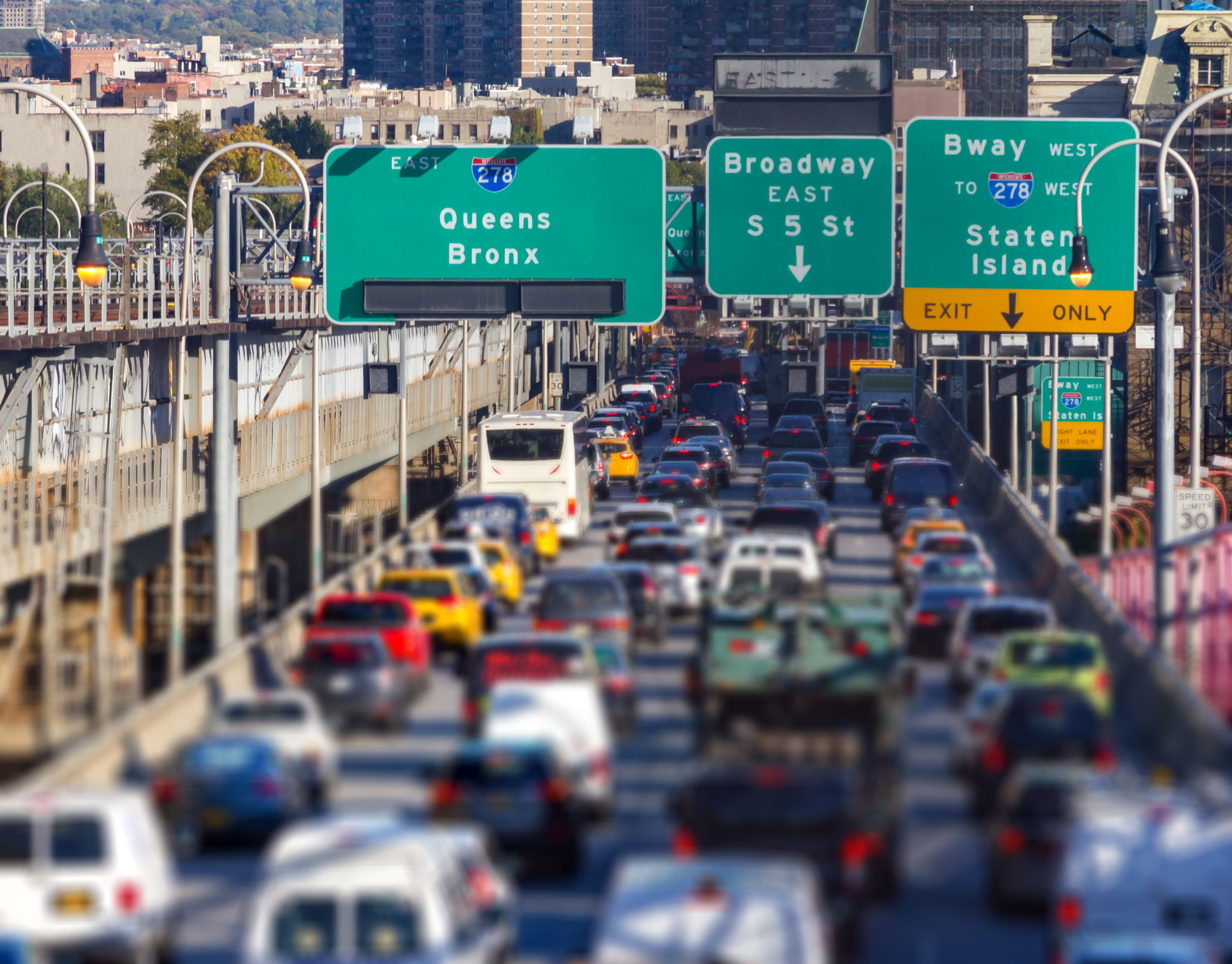How New York's Local Regulations Impact Fleet Logistic Dispatch Services
TJ
Understanding New York's Regulatory Environment
In the bustling city of New York, fleet logistic dispatch services face a unique set of challenges due to stringent local regulations. These rules are designed to manage the city's complex transportation network, reduce traffic congestion, and curtail pollution levels. However, they also have a significant impact on how fleet logistic companies operate.
New York's regulatory environment is characterized by a variety of rules relating to vehicle emissions, traffic management, and safety standards. For fleet operators, understanding and complying with these regulations is essential not only for legal compliance but also for maintaining operational efficiency and cost-effectiveness.

Emission Standards and Environmental Regulations
One of the key regulatory areas affecting fleet logistics in New York is emission standards. The city has implemented rigorous policies aimed at reducing vehicle emissions to combat air pollution. Fleet operators must ensure that their vehicles meet specific emission criteria, which often requires investment in newer, more environmentally-friendly vehicles or retrofitting older models with cleaner technologies.
Additionally, there are incentives for companies that adopt electric or hybrid vehicles within their fleets. These incentives can offset some of the costs associated with upgrading equipment, but they also require careful consideration and planning from fleet managers.
Traffic Management and Congestion Pricing
New York City is notorious for its traffic congestion, which poses a significant challenge for fleet logistics. In response, the city has implemented congestion pricing in certain areas during peak hours. This policy aims to reduce traffic by charging vehicles a fee to enter high-traffic zones. Fleet operators must plan dispatch routes strategically to minimize these additional costs while ensuring timely deliveries.

Moreover, regulations concerning loading and unloading times in specific zones require fleet managers to carefully schedule deliveries to avoid fines and maximize efficiency. Adhering to these time restrictions necessitates sophisticated planning and real-time adjustments.
Safety Regulations and Compliance
Safety is another critical aspect of New York's local regulations affecting fleet logistics. The city mandates strict adherence to safety standards to protect drivers, pedestrians, and other road users. This includes regular vehicle inspections, driver health checks, and compliance with hours-of-service regulations to prevent driver fatigue.
For fleet logistics companies, maintaining compliance with these safety regulations is not only a legal obligation but also a way to minimize risk and protect their reputation. Investing in driver training programs and advanced safety technologies can help companies meet these standards effectively.

The Financial Implications of Compliance
While compliance with local regulations in New York can be costly, it is essential for fleet logistics companies to factor these expenses into their operational budgets. Failing to comply can result in substantial fines and damage to the company's reputation. However, there are also potential cost savings associated with compliance, such as reduced fuel consumption through more efficient routing and lower maintenance costs due to the use of newer vehicles.
Fleet operators must carefully balance the costs and benefits of compliance, regularly reviewing their strategies to maximize efficiency while minimizing expenses. Leveraging technology such as GPS tracking systems and route optimization software can significantly aid in achieving this balance.
Navigating the Challenges
Successfully navigating New York's local regulations requires a proactive approach from fleet logistics companies. By staying informed about regulatory changes, investing in compliance solutions, and adopting innovative technologies, these companies can turn potential challenges into opportunities for improvement.
Ultimately, understanding and adapting to New York's regulatory landscape is imperative for any fleet logistics company looking to thrive in this dynamic urban environment. By doing so, they can ensure efficient operations while contributing positively to the city's goals of reduced congestion and improved air quality.
